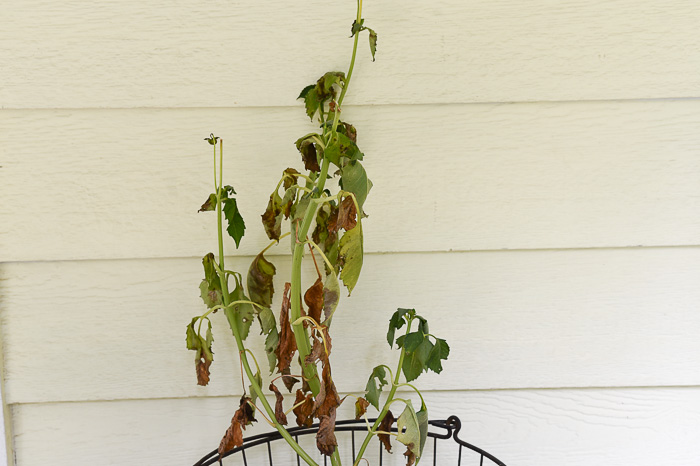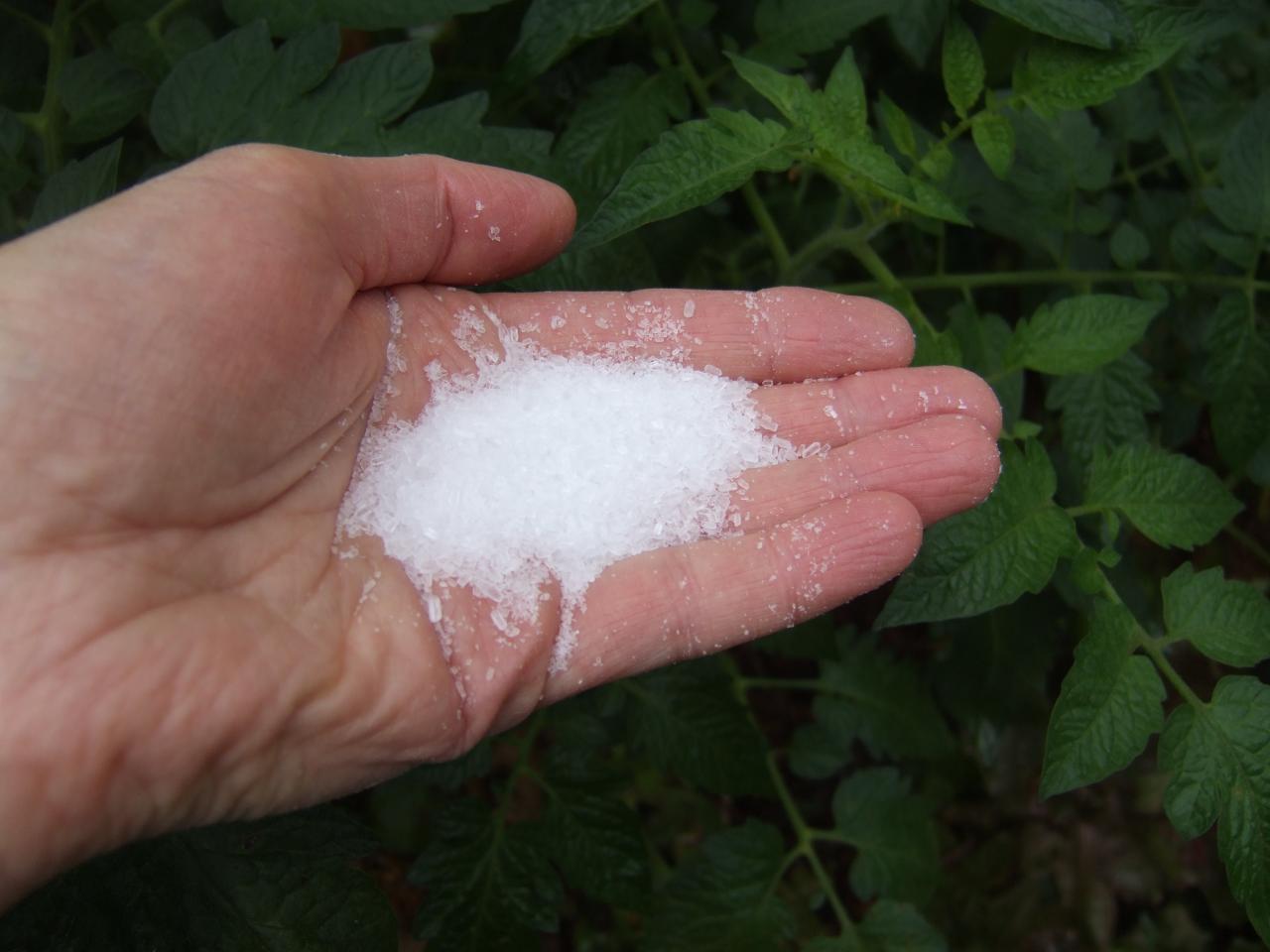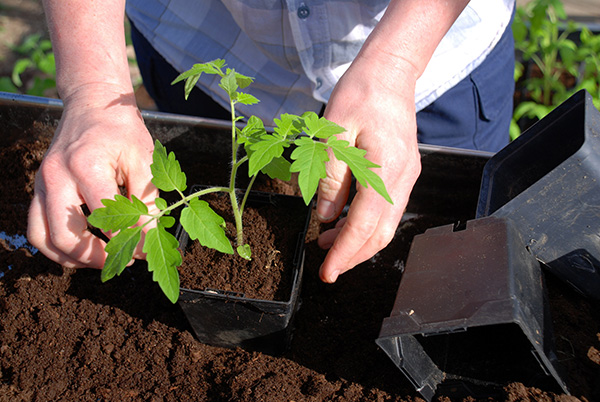Gardening Tips: What Plants Don't Like Epsom Salt and The Key Reasons Why
Gardening Tips: What Plants Don't Like Epsom Salt and The Key Reasons Why
Blog Article
Discover the Particular Plants That Are Detrimentally Influenced by Epsom Salt Application
Epsom salt, a prominent family treatment for different gardening issues, is typically commended for its beneficial impacts on plant growth. Not all plants react favorably to its application. Recognizing the details plants that can be adversely affected by Epsom salt is crucial for any gardener looking to maximize their plant care routine. Roses, tomatoes, rhododendrons, peppers, and azaleas are just a couple of examples of plants that might not react well to Epsom salt. The reasons behind these damaging impacts and exactly how to reduce them are essential understanding for maintaining a flourishing yard.
Roses

Roses, especially conscious changes in their atmosphere, can be adversely influenced by the application of Epsom salt. While Epsom salt is generally utilized as a plant food to advertise plant development and enhance blooming, roses are among the plants that do not react well to its application. The high magnesium material in Epsom salt can hinder the uptake of other crucial nutrients by the rose plants, bring about shortages that show up as yellowing fallen leaves or stunted growth.

Tomatoes
While Epsom salt is often proclaimed as a remedy for numerous plant problems, consisting of bloom end rot in tomatoes, its application can lead to detrimental end results if not made use of sensibly. Extreme Epsom salt, which is magnesium sulfate, can interfere with the fragile nutrient equilibrium required by tomatoes, potentially leading to shortages in various other vital nutrients like calcium. When thinking about the usage of Epsom salt on tomatoes, it is critical to adhere to recommended application rates and soil testing to protect against unexpected effects on the total health and wellness and performance of these precious yard plants.
Peppers
Peppers, admired for their various shades and levels of spiciness, can show vulnerability to negative effects from Epsom salt when not used with treatment and factor to consider for their details nutritional needs. what plants don't like epsom salt. Peppers, belonging to the Solanaceae family, need a delicate equilibrium of nutrients to prosper. While Epsom salt is recognized to boost magnesium levels in plants, extreme application can interrupt this equilibrium, causing damaging effects on pepper plants
When peppers are exposed to high degrees of magnesium from Epsom salt, it can conflict with the plant's capacity to absorb other essential nutrients browse around this web-site like calcium and potassium. This discrepancy may manifest in symptoms such as fallen leave discoloration, stunted development, and decreased fruit production. Additionally, the excessive magnesium can modify the soil pH, more worsening nutrient uptake concerns for peppers.

Rhododendrons
Given the level of sensitivity of specific plant species to discrepancies brought on by Epsom salt, it is vital to think about the influence on Rhododendrons, which likewise call for details nutrient levels to thrive. Rhododendrons are acid-loving plants that favor acidic dirt problems with a pH variety in between 4.5 and 6.0. Epsom salt, chemically referred to as magnesium sulfate, can modify the dirt pH and disrupt the delicate balance of nutrients crucial for Rhododendron wellness.

To keep the ideal development and health and wellness of Rhododendrons, it is essential to avoid the unplanned use Epsom salt and instead concentrate on providing the certain acidic dirt problems and nutrients that these plants require for thriving.
Azaleas
These prominent flowering plants are frequently discovered in yards, parks, and landscapes due to their charm and convenience. While Epsom salt is frequently made use of as a remedy for magnesium deficiency in plants, its application to azaleas can have adverse results.
Azaleas prefer slightly acidic dirt conditions, and an extra of magnesium from Epsom salt can disrupt this equilibrium, leading to nutrient discrepancies and potential poisoning issues. The incorrect application of Epsom salt can result in stunted development, yellowing of leaves, and general decrease in the health and wellness of azaleas.
Verdict
To conclude, it is necessary to be familiar with the specific plants that can be negatively influenced by the application of Epsom salt. Roses, tomatoes, rhododendrons, peppers, and azaleas are some instances of plants that may not take advantage of Epsom salt and could also endure injury. It is important to study and recognize the needs of each plant varieties prior to making use of Epsom salt as a plant food to ensure their wellness and health.
Recognizing the particular plants that can be negatively impacted by Epsom salt is essential for any kind of gardener looking to maximize their plant care regimen. While Epsom salt is typically used as a plant food what plants don't like epsom salt to advertise plant development and boost blooming, roses are one of the plants that do not react well to its application.Too much use of Epsom salt can likewise result in an accumulation of salts in the soil, leading to root damage and dehydration of the rose plants. While Epsom salt is understood to improve magnesium levels in plants, excessive application can disrupt this stability, leading to negative results on pepper plants.
The high salt web content in Epsom salt can also dry out Rhododendron origins, triggering additional tension and damages to the plant. (what plants don't like epsom salt)
Report this page